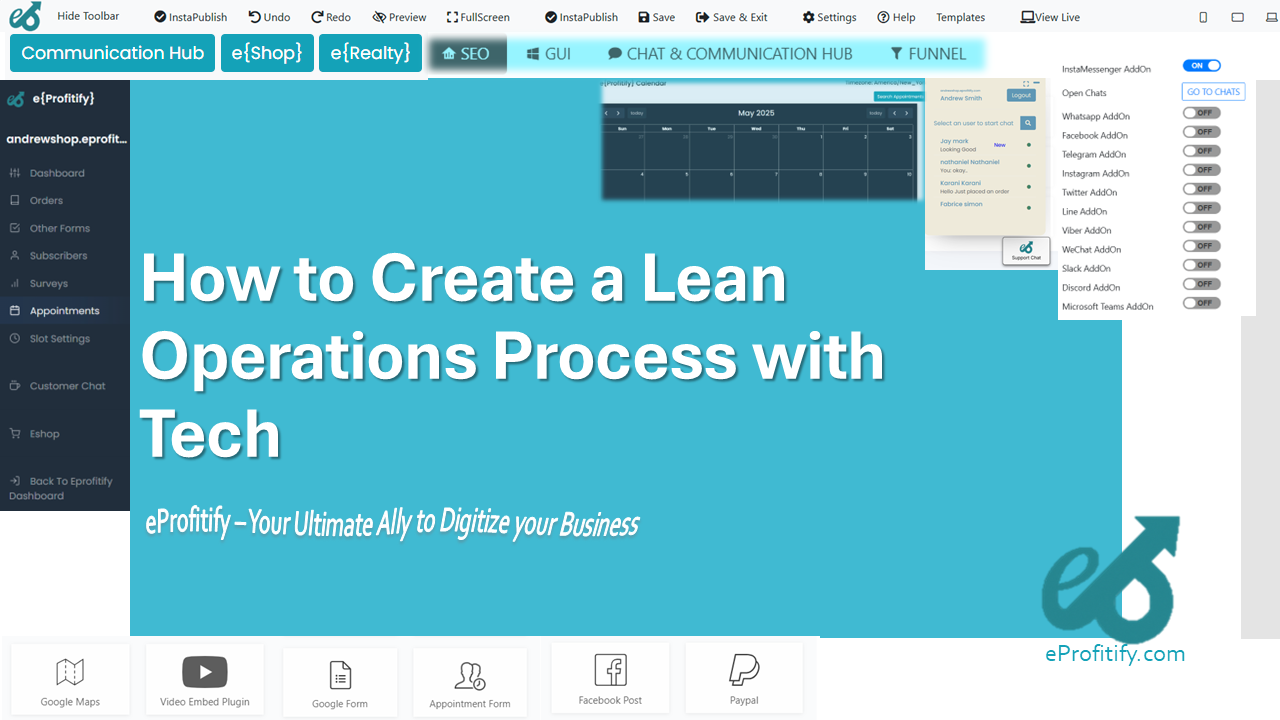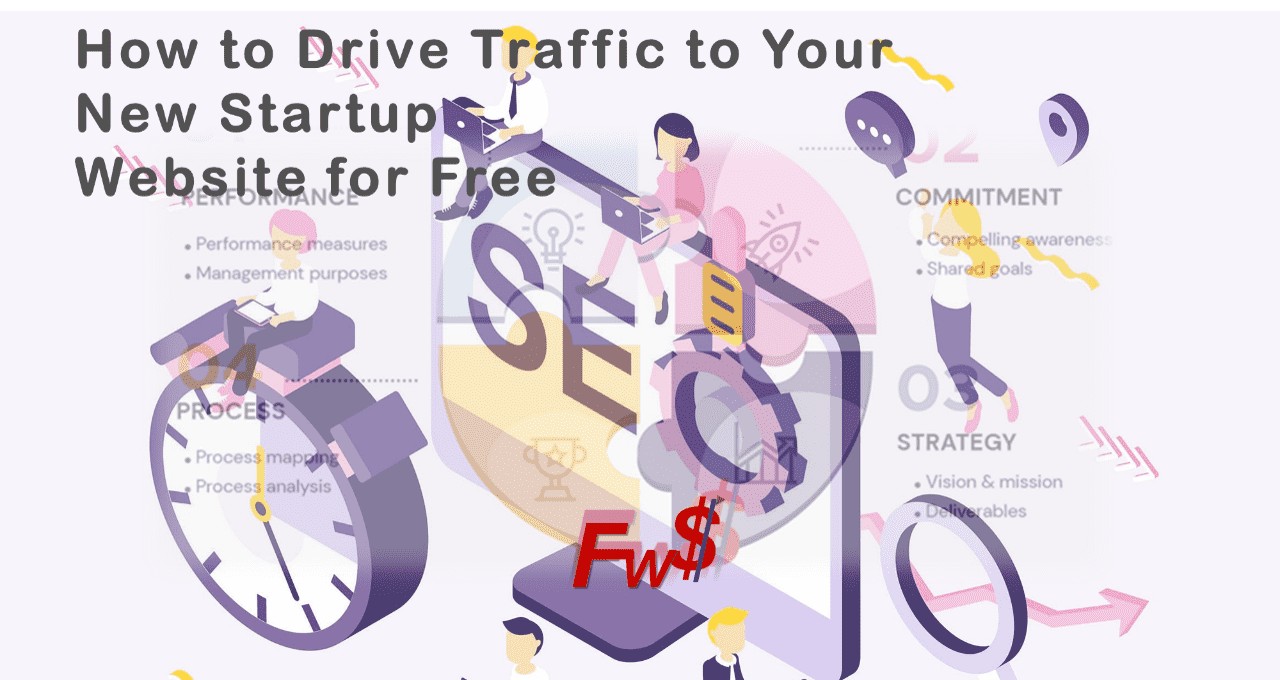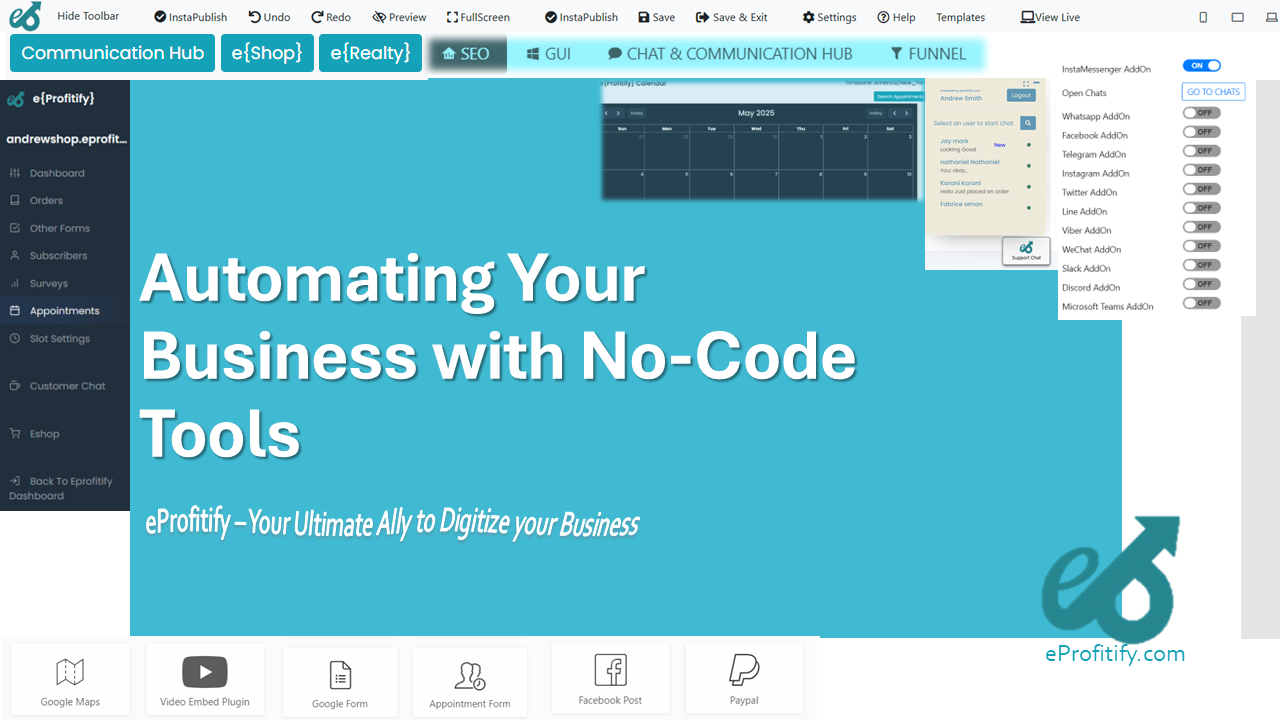Top 10 Mistakes New Entrepreneurs Make (and How to Avoid Them)

Top 10 Mistakes New Entrepreneurs Make (and How to Avoid Them)
Starting a business is exhilarating but fraught with challenges. According to the U.S. Bureau of Labor Statistics, approximately 20% of new businesses fail within the first year, rising to 65% within a decade. Many pitfalls stem from preventable missteps. This guide explores the top 10 mistakes new entrepreneurs make, backed by statistics, and highlights how tools like eprofitify.com—a leading website publishing and management platform with features like instant messaging, appointment management, ecommerce, and CRM—can help steer startups toward success.
1. Skipping the Business Plan
Mistake: Many entrepreneurs dive in without a strategic roadmap.
Stat: A CB Insights report found that 35% of startups fail due to "no market need," often due to poor planning.
Solution: Craft a detailed business plan outlining goals, target audiences, and financial projections. Tools like eprofitify’s template library and analytics dashboard streamline planning, ensuring alignment with market demands.
2. Ignoring Market Research
Mistake: Assuming demand exists without validation.
Stat: CB Insights cites 42% of failures result from misreading market needs.
Solution: Conduct surveys, competitor analysis, and A/B testing. eprofitify’s CRM integrates customer data to identify trends, helping refine product-market fit.
3. Poor Financial Management
Mistake: Undervaluing cash flow management.
Stat: A U.S. Bank study found 82% of business failures tie to cash flow issues.
Solution: Use financial tracking tools. eprofitify’s dashboard centralizes invoicing, expense tracking, and revenue forecasting, offering real-time financial insights.
4. Neglecting Online Presence
Mistake: Underestimating digital visibility.
Stat: BrightLocal reports 87% of consumers use Google to evaluate businesses.
Solution: Build a professional website using eprofitify’s drag-and-drop builder, optimized for SEO and mobile responsiveness. Integrate ecommerce tools for seamless online sales.
5. Trying to Do Everything Alone
Mistake: Fearing delegation.
Stat: Gallup notes 48% of entrepreneurs struggle with time management due to overworking.
Solution: Delegate tasks. eprofitify’s team collaboration features include shared calendars and task assignments, streamlining workflow.
6. Unrealistic Expectations
Mistake: Anticipating overnight success.
Stat: SCORE found 51% of businesses take 2+ years to become profitable.
Solution: Set incremental milestones. eprofitify’s goal-tracking modules help monitor progress, adjusting strategies as needed.
7. Ignoring Customer Feedback
Mistake: Overlooking client input.
Stat: Salesforce reveals 89% of customers make repeat purchases after positive experiences.
Solution: Leverage eprofitify’s CRM and instant messaging to gather feedback and resolve issues promptly, boosting retention.
8. Poor Pricing Strategy
Mistake: Pricing too high or too low.
Stat: Wasp Barcode found 30% of startups fail due to pricing mismatches.
Solution: Analyze competitors and customer willingness to pay. eprofitify’s market analytics tools provide data to optimize pricing dynamically.
9. Resisting Adaptation
Mistake: Inflexibility in changing markets.
Stat: McKinsey notes 70% of companies accelerated digital adoption post-pandemic to survive.
Solution: Stay agile. eprofitify’s all-in-one platform allows quick pivots, from updating website content to launching new product lines.
10. Not Using the Right Tools
Mistake: Relying on disjointed systems.
Stat: Clutch reports 71% of small businesses using management tools saw productivity gains.
Solution: Opt for integrated solutions like eprofitify. Its CRM, appointment scheduling, inventory management, and AI-driven insights unify operations, saving time and reducing errors.
Conclusion
New entrepreneurs can sidestep common pitfalls by prioritizing planning, customer engagement, financial prudence, and digital tools. Platforms like eprofitify.com empower startups with scalable solutions—from building a robust online store to managing client relationships—ensuring resources are focused on growth. Remember, success lies not just in avoiding mistakes but in leveraging the right strategies and tools to thrive in a competitive landscape.
This guide blends actionable advice with data-driven insights, positioning eprofitify as a strategic partner in overcoming entrepreneurial challenges.



.png)




